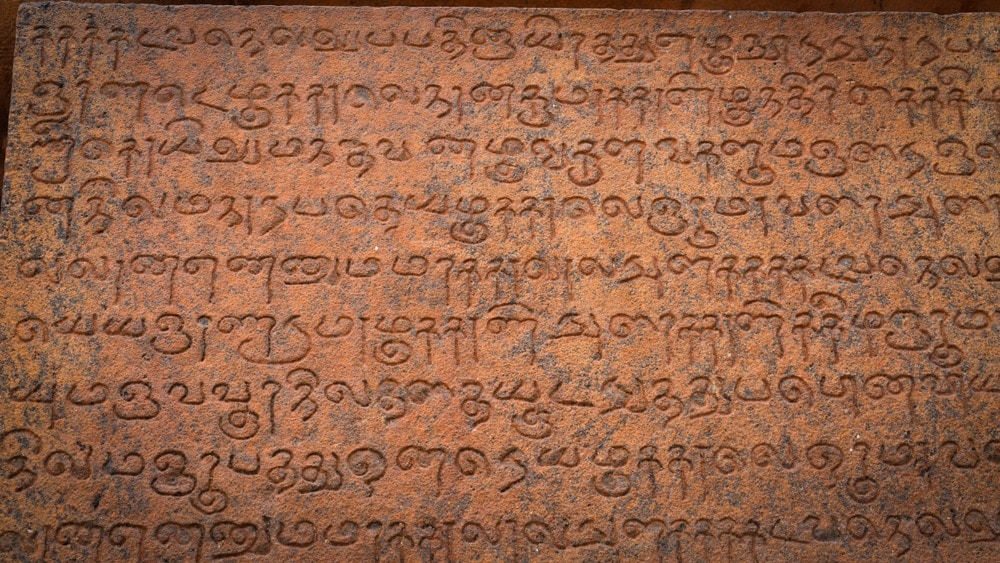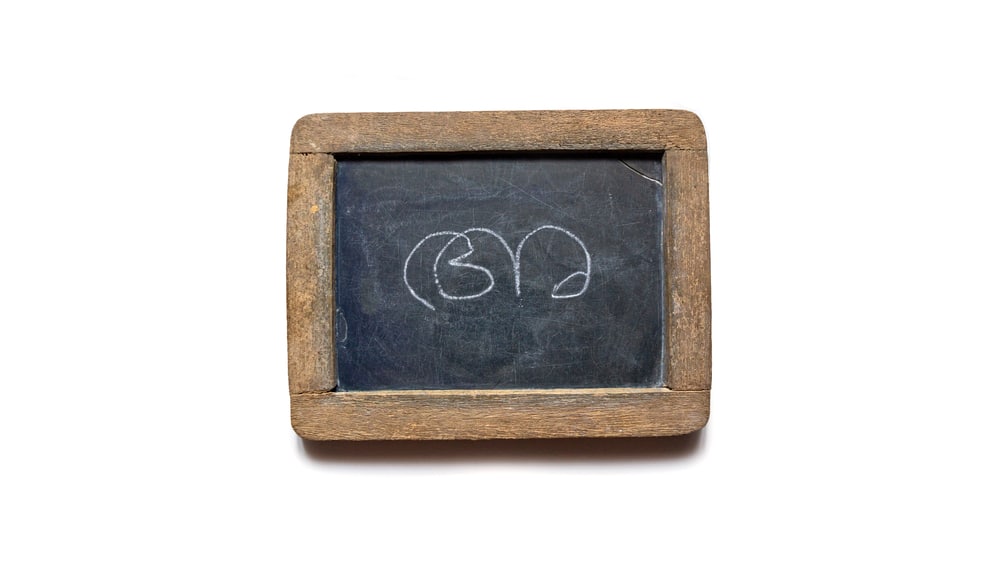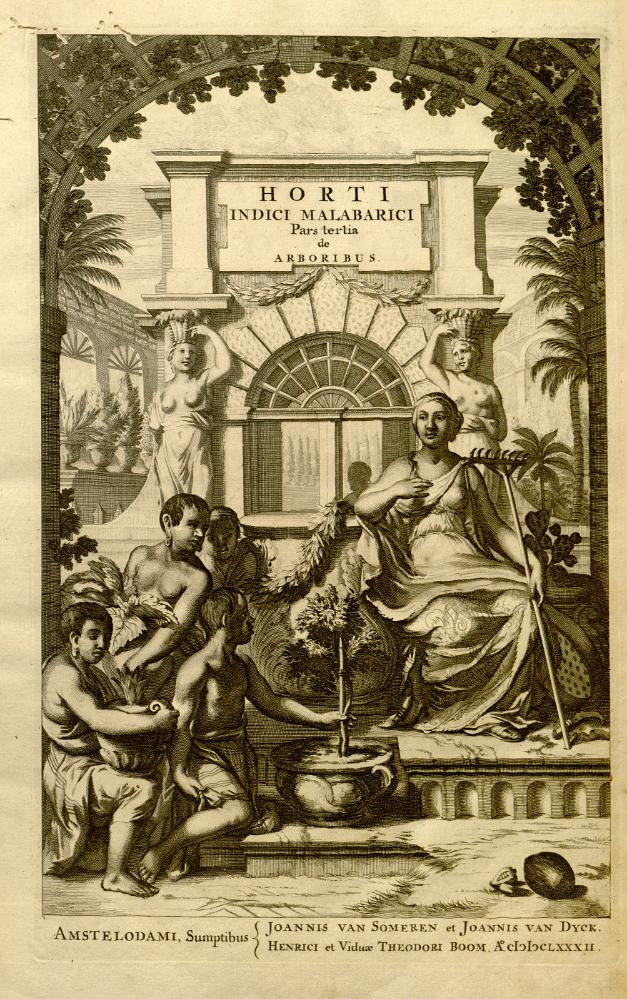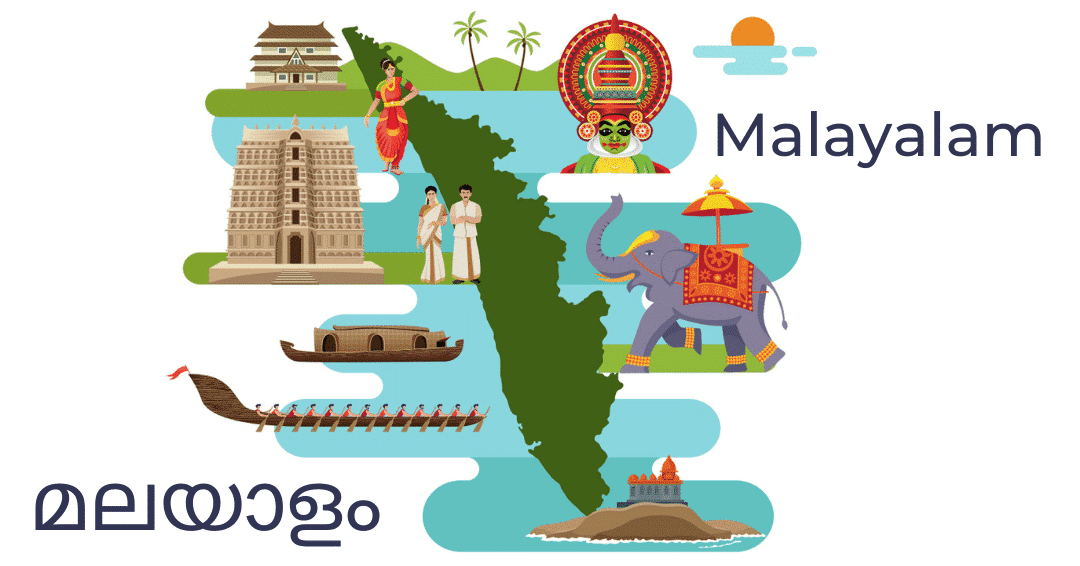Kerala, sets apart not just its lush green fields, languishing backwaters, traditional sadya, and its iconic golden-bordered kasavu sarees. An indispensable part of what makes the land what it is? It’s the Malayalam Language.
With close to 45 million native speakers, Malayalis tend to be emphatically proud of their language.
Not just that, given the huge Malayali diaspora, the language has a global spread, with speakers living in almost every part of the world. In fact, there’s a local joke that you’ll find a Malayali even on the moon.
A language set apart by its script, sound, and vocabulary, Malayalam proudly boasts of a uniqueness that makes it distinct from other languages in the region. From the history of its evolution to its dialects, words, and nasal tones, there’s a lot to explore in the language.
Let’s look at some of the most interesting facts about the Malayalam language.
Are you looking for Malayalam translation services?
Milestone helps you seamlessly translate content & localize your website, products, and services for more reach, better conversions, and greater sales. Get in touch with us for a special discount.
A Palindrome
Malayalam is perhaps the world’s only language that is a palindrome when written in English.
This means that the word is read the same when spelled forwards and backward.
The word Malayalam is a combination of 2 words – ‘Mala’ meaning ‘mountain’ and ‘Alam’ meaning ‘region’. Thus the word literally means ‘the mountain region’.
The term originally refers to the land under the Chera dynasty. Later on, it became the name of the region’s language.
Until the 16th century, Malayalam, referred to by several other closely related names, including Malayanma and Malayalama.
Also read: 10 Interesting Facts About The Kannada Language
Malayalam language : A classical language with origins in Tamil

The popularly held opinion is that the Malayalam language evolved from Middle Tamil between the 9th and 13th centuries. Until then it was a western coastal dialect of Tamil.
However, there is also a contrary view that Malayalam did not originate from Tamil. Rather, both Malayalam and Tamil evolved from a common ancestor known as ‘Proto Tamil-Malayalam’.
‘Manipravalam’ was a macaronic language used in certain Malayalam language texts before it established its modern form in the 16th century. It was a combination of Tamil and Sanskrit.
The Manipravalam language and its script influence the modern form of the language greatly, so much so that Malayalam continues to be the one Dravidian language with extensive Sanskrit influence.
In 2013 Malayalam accorded the status of classical language by the Government of India.
Malayalam has some of the most complicated alphabets

Written in the Brahmic script, Malayalam has 15 vowels, 42 consonants, and certain other symbols. In fact, the language has some of the most specific and complicated sounds represented in letters. Equivalent differences hardly exist in other Indian languages.
- There are 2 separate alphabets to denote the sound ‘r’- one for ‘r’ (ര) as in Spanish tres and the other for ‘ṟ’ (റ) as in Spanish Rojo. Equivalent pronunciation differences do not exist in English or Hindi.
- Malayalam also has the alphabet ‘ഴ’(zha) which pronounced like the rhotic r as in ‘purse’ in English. This rhotic consonant is absent in almost all other Indian languages.
- There are 2 separate consonants for the sound ‘l’ – one for ‘l’ (ല) as in ‘language’ and the other for ḷ (ള ) as in ‘plumber’.
Distinct nasal tones
Nasal sounds form an indispensable part of the spoken form of the Malayalam language.
The most basic pronoun ‘me’ is a nasal tone, pronounced as ‘ñaan’, where the ‘ña’ sounds like the NY in ‘canyon’. So is the nasal sound ‘ng’ as in ‘sing’ used extensively.
Several words that may have equivalent forms in other Indian languages like Hindi, take on a nasal tone in pronunciation in Malayalam.
For example in the Hindi word ‘Sundar’, the d sound distinctly pronounced in the NDA cluster.
However, in the equivalent Malayalam word ‘Sundaram’, the d sound becomes silent in the NDA cluster and instead pronounced as ‘sunnaram’, producing a distinct nasal tone in its place.
Also read: Top 10 Translation Companies In Bangalore
The Malayalam script was literally and figuratively ‘moulded’ for the printing press
The original Malayalam script that began as what is called the Vattelettu, has undergone significant changes. These changes made so as to accommodate the needs of making moulds for the printing press.
Until Benjamin Bailey, a British missionary brought the printing press to Kerala, Malayalam was written and printed in the Grantha script with square type fonts.
In 1829, Bailey ushered in a momentous change in the history of Malayalam by replacing these with the round script that is used to date.
The script from Bailey underwent further changes as the needs of the press changed. Local newspapers like the Malayala Manorama have done significant changes in the script.
Are you looking for Malayalam translation services?
Milestone helps you seamlessly translate content & localize your website, products, and services for more reach, better conversions, and greater sales. Get in touch with us for a special discount.
The European hand in Malayalam

- Not just Benjamin Bailey, several Europeans have had a decisive role in the development of the modern form of the Malayalam language.
- The first book to have Malayalam script printed in it was the Hortus Malabaricus, written in Latin by Henrik Van Rheede, the Governor of Dutch Malabar in 1678.
- The First Malayalam book Sampkshepa Vedartham which came out in 1772 didn’t publish anywhere in India but in Rome!
- The first dictionary in Malayalam was compiled by German scholar Herman Gundert. He has also extensively written about and codified Malayalam grammar.
Malayalam was written in multiple scripts by different communities
Before the evolution of the modern script, different communities in Kerala adopted Malayalam into the script of their liturgical languages.
Arabi-Malayalam is a script still in limited use among the Muslim community of Kerala. It is a variant form of the Arabic script used to write Malayalam.
Suriyani Malayalam or Syriac Malayalam was a script in popular use among the Saint Thomas Christians of Kerala, also known as the Nasranis. Malayalam, adopted into the Syriac alphabet with certain additional orthographic changes.
Distinct Dialects

Though not as many dialects as other Dravidian languages like Tamil, significant variations exist in spoken Malayalam.
The Dravidian encyclopedia enlists regional dialects of Malayalam into 13 dialect areas.
Caste and communal dialects are visible in Malayalam. The spoken form of Malayalam among the Mappila Muslims of Kerala has considerable influence on Arabic and Persian. Portuguese, Greek, and Syriac words find their way into certain dialects spoken by Christian communities.
While Hebrew, Syriac, and Ladino were dominant in Judeo Malayalam- a dialect spoken by the Cochin Jews who are virtually non-existent now in Kerala.
Jeseri and Byaare are 2 dialects of Malayalam that are extremely divergent from the Malayalam spoken in mainland Kerala.
While Jeseri is spoken in Lakshadweep, Byaare is spoken in Northern Kerala and Southern Karnataka.
A plethora of Loan Words
Malayalam is heavily influenced by several other languages that it consists of too many loan words.
These loan words that have come from languages like Portuguese, Dutch, and Arabic have become so ingrained into the everyday usage of Malayalam.
- Common words in Malayalam for chair (kasera), table (mesha), pen (pena), paper (kadalas) and window (janala) all come from the Portuguese words cadeira, mesa, pena, cartez, and Janela respectively.
- Malayalam has also given loanwords to Portuguese. The Portuguese words for jackfruit (jaca), teak (teca), and jaggery (jagra) have its origins in the Malayalam words chakka, thekku, and chakkara respectively.
- In fact, the very word for toilet in Malayalam, ‘kakkoos’ comes from the Dutch ‘kakhuis’!
Arabic and Persian influences also abound in the language.
‘New Gen’ slang words
Thanks to Malayali youngsters, the language now has a repository of ‘new gen’ words. These are existing Malayalam words that have taken on completely new meanings and connotations according to the changing times.
Social media and movies have boosted the popularity of these new words.
- ‘Thallu’ which originally means ‘to push’ is one of the most popular ‘new-gen’ slang. Thallu now refers to any statement that comes off as boasting.
- ‘Theppu’ is another latest addition which means ‘to ditch’ a lover. However, the word originally means ‘to iron something’.
- ‘Pani Kitti’ is a phrase that popularly meant ‘got a job’ until a few years back. But now it means that you’ve landed up in trouble!
Conclusion
The Malayalam language is not only one of India’s oldest and most fascinating languages but also a cornerstone of Kerala’s rich cultural heritage. These mind-boggling facts highlight its uniqueness, from its script and literature to its widespread use in media and education.
As Kerala continues to grow as a hub for tourism and business, the demand for translation services in Malayalam in Kerala is increasing, enabling better communication with Malayalam speakers both locally and globally. Understanding the intricacies of the Malayalam language is essential for businesses and organizations looking to connect with this vibrant community. As industries like healthcare, IT, and tourism expand in Kerala, the importance of effective Malayalam translation services will only continue to grow, making it a crucial asset for anyone aiming to engage with the region.
The Malayalam language is as interesting and versatile as Kerala. Cultural transactions with a plethora of communities from across the world have shaped the language.
In a constant state of evolution, the next time you explore the language, Malayalam will have added a whole new set of quirky facts to itself!
Also read: Top 10 Translation Companies In India
Are you looking for Malayalam translation services?
Milestone helps you seamlessly translate content & localize your website, products, and services for more reach, better conversions, and greater sales. Get in touch with us for a special discount.
FAQS ON Malayalam Language
What is the origin of the word 'Malayalam'?
The word ‘Malayalam’ is a combination of two words—‘Mala’ meaning ‘mountain’ and ‘Alam’ meaning ‘region.’ It literally means ‘the mountain region,’ referring to the land under the Chera dynasty. Over time, it became the name of the language spoken in that region.
Is Malayalam related to Tamil?
While Malayalam and Tamil share a common ancestor, known as Proto Tamil-Malayalam, Malayalam is considered to have evolved independently from Tamil. It became distinct by the 16th century, influenced by both Tamil and Sanskrit.
What makes the Malayalam script unique?
The Malayalam script is quite complex, with 15 vowels, 42 consonants, and specific sounds that are unique to the language. For example, there are two separate alphabets for the ‘r’ sound and a rhotic ‘l’ that is absent in most other Indian languages
What are new-gen slang words in Malayalam?
New-gen slang words in Malayalam are contemporary words or phrases that have taken on new meanings, often due to social media and popular culture. For instance, ‘Thallu’ now refers to boasting, and ‘Pani Kitti’ means landing in trouble.
What is Manipravalam, and how did it impact Malayalam?
Manipravalam was a macaronic language that combined Tamil and Sanskrit, used in certain Malayalam texts before Malayalam evolved into its modern form. This fusion of languages had a profound influence on the development of the Malayalam language, contributing to its extensive Sanskrit vocabulary.
What are some distinctive dialects of Malayalam?
Malayalam has several regional dialects, including variations spoken by different communities in Kerala. Some of the unique dialects include Jeseri (spoken in Lakshadweep) and Byaare (spoken in Northern Kerala and Southern Karnataka). The Mappila Muslims’ Malayalam is influenced by Arabic and Persian, while Christian communities incorporate Portuguese, Greek, and Syriac words..




